ATTENTION, SONOGRAPHERS – Do you have a great case report you’d like to publish?
Now is the time to submit it to CASE!
To highlight the importance of the work that cardiovascular ultrasound sonographers do every day, CASE is holding a brief Sonographer Challenge. The first 5 papers submitted by October 25 with a sonographer as the lead author (first or corresponding) will be eligible to receive a full waiver of the Article Processing Fee if accepted by December 10 (up to $950 per accepted case). In order to receive the waiver, the submission must be accepted by December 10, 2024, so revisions would need to be made in a timely manner.
Please share this Sonographer Challenge with your colleagues and encourage them to submit to CASE. Email Debbie Meyer, Director of Publications (JASE, CASE), or Andie Piddington, Deputy Managing Editor (JASE, CASE), with any questions.

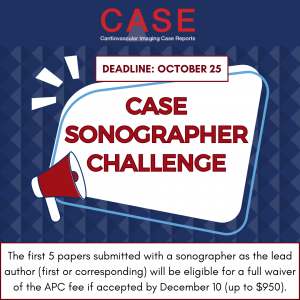
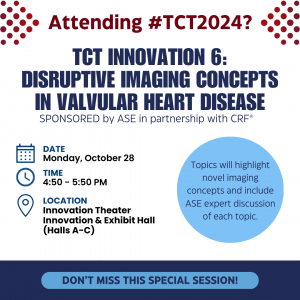
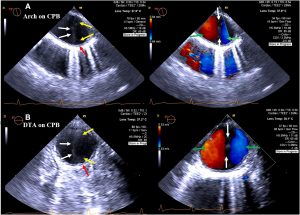

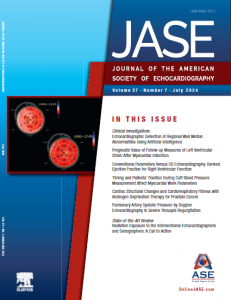


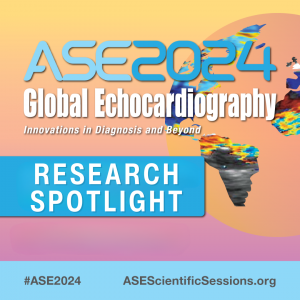 (DURHAM, NC, June 14, 2024)—Research that will be presented at the
(DURHAM, NC, June 14, 2024)—Research that will be presented at the